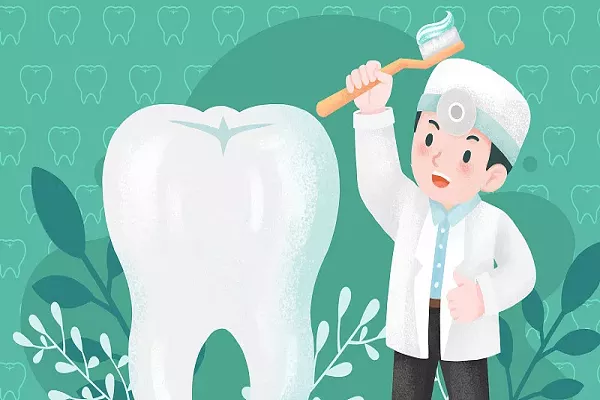Orthodontic treatment is a procedure that helps align and improve the function of teeth, gums, and jaws. Many people undergo orthodontic treatment to correct bite problems, crooked teeth, or other dental issues. However, not everyone is aware of the different phases of orthodontic treatment.
Phase 1 orthodontic treatment, also known as early interceptive treatment, is the initial stage of orthodontic treatment. This phase usually takes place when children are between the ages of 6 and 10 years old. During this phase, orthodontists aim to prevent developing problems from becoming more severe later on by addressing them at an early stage.
In this article, we will discuss the objectives, procedures, and benefits of phase 1 orthodontic treatment.
Objectives of Phase 1 Orthodontic Treatment
The objectives of phase 1 orthodontic treatment include:
Correcting Malocclusions:
Malocclusions refer to misalignments of teeth and jaws that interfere with proper chewing, biting, and speaking. Examples of malocclusions include overbites, underbites, crossbites, open bites, and crowded teeth. Phase 1 orthodontic treatment aims to correct these problems before they worsen and require more invasive treatments later on.
Creating Space:
In some cases, children’s mouths may not have enough space for their adult teeth to come in properly. The orthodontist may use special appliances such as expanders or partial braces to create space for incoming permanent teeth.
Reducing Risk of Trauma:
Children who have protruding front teeth are at a higher risk of injuring themselves during play or sports. Phase 1 orthodontic treatment can help reduce the risk of trauma by correcting the alignment of these teeth.
Improving Speech:
Misaligned teeth and jaws can also affect a child’s speech. Phase 1 orthodontic treatment can help improve speech problems caused by dental issues.
Procedures Involved in Phase 1 Orthodontic Treatment
The procedures involved in phase 1 orthodontic treatment may vary depending on the individual needs of each patient. However, there are some common procedures that orthodontists may use during this phase:
Spacers:
Spacers are small rubber bands or metal rings that create space between teeth to make room for permanent teeth to come in.
Expanders:
Expanders are special appliances that widen the upper jaw to make more room for teeth and improve their alignment. They are often used to correct crossbites.
Partial Braces:
Partial braces are braces that are placed only on a few teeth rather than the entire mouth. They are used to correct specific dental problems such as crooked teeth or gaps.
Headgear:
Headgear is an appliance that attaches to the braces or expanders and applies gentle pressure to the teeth and jaws to correct their alignment.
Retainers:
Retainers are devices that are worn after the braces are removed to keep teeth in their new positions.
Benefits of Phase 1 Orthodontic Treatment
There are several benefits of undergoing phase 1 orthodontic treatment:
- Shorter Treatment Time: Phase 1 orthodontic treatment can reduce the need for more extensive orthodontic treatment later on, which means a shorter overall treatment time.
- Better Results: By addressing dental issues early on, phase 1 orthodontic treatment can achieve better results than waiting until later stages when problems have become more severe.
- Improved Oral Health: Properly aligned teeth and jaws are easier to clean, reducing the risk of gum disease, tooth decay, and other oral health problems.
- Better Self-Esteem: Children with corrected dental problems often feel more confident and less self-conscious about their appearance, which can improve their overall self-esteem.
Conclusion
Phase 1 orthodontic treatment is an essential procedure that aims to correct dental issues early on and prevent them from becoming more severe later on. It involves several procedures such as spacers, expanders, partial braces, headgear, and retainers. The benefits of undergoing phase 1 orthodontic treatment include shorter treatment time, better results, improved oral health, and better self-esteem. If you suspect your child may have dental problems, it’s important to schedule an appointment with an orthodontist as soon as possible to determine if phase 1 orthodontic treatment is necessary.
Related Topics:































